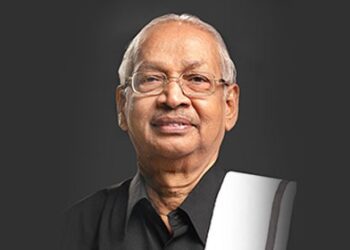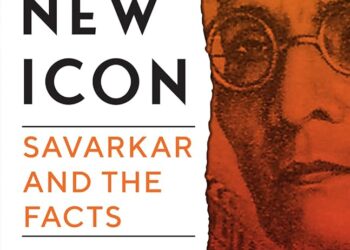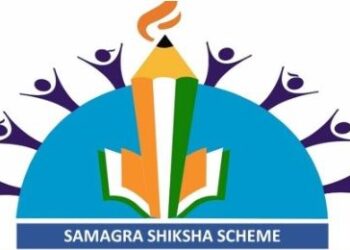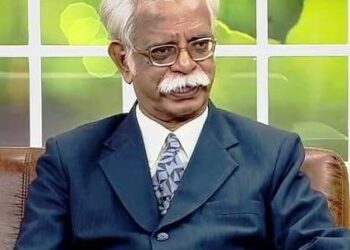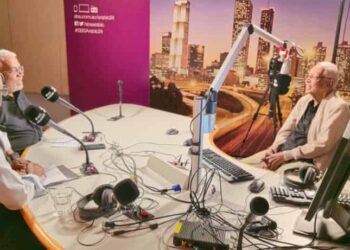Instead of the same sectional reservations, Dravidian parties and their ancestors believed in diversified deployment in administration, empowering all sections irrespective of existing social beliefs and status – quo in the society.
They don’t want to maintain the existing status quo that obstructs the progress of society.
They not only fight for their own sub-caste like other parties but also bring the low-caste people to the administration or sometimes to higher positions and convince their caste people to accept this change to work under them, which has never happened anywhere in India.
Being a political party with these kinds of attempts may jeopardize their future in electoral politics, where the outcome is decided by society, with 95 per cent of the people practising caste and religion. But Dravidian leaders always maintained a balance between electoral politics and social transformation, promoting rational thoughts through literature and speeches, convincing the people not to mix their individual personal beliefs in the election. The focus of varied deployment in administration is not to claim a certain percentage of reservation in a system that privileged people already dominate but to free the system itself from their dominance.
This understanding is the crucial difference between the Dravidian Model and the reservations in the Union government / other States.
Any dominance of a single section in the administration may use their power and dominance as weapons of mass destruction to revert all reservations into aggregated, unidirectional motivated forces that bring back the old caste pyramid system into the society.
This goal motivated them to work focally even when they were not in power by denying caste identities, promoting rationalism in the society, and promoting language as an independent component of identity for the entire society under a single umbrella rather than religion. They promoted Tamil language as a people’s language by promoting Tamil literature works in public and personal lives, naming their children based on the language, narrating rhythms of language in populistic arts, cultural, and political speeches, and eliminating sloppy rhythms of Sanskritic dominance in Tamil.
This attempt was so successful as these leaders are Tamil scholars, multi-talented, and innovative that we can’t find politicians or scholars with such multifaceted skills anywhere in India.
The single identity of language still helps Tamil Nadu not to fall under religious majoritarianism, which was relatively successful in the rest of India.
K. Palanisamy
T.Pudupatti – 624 705




